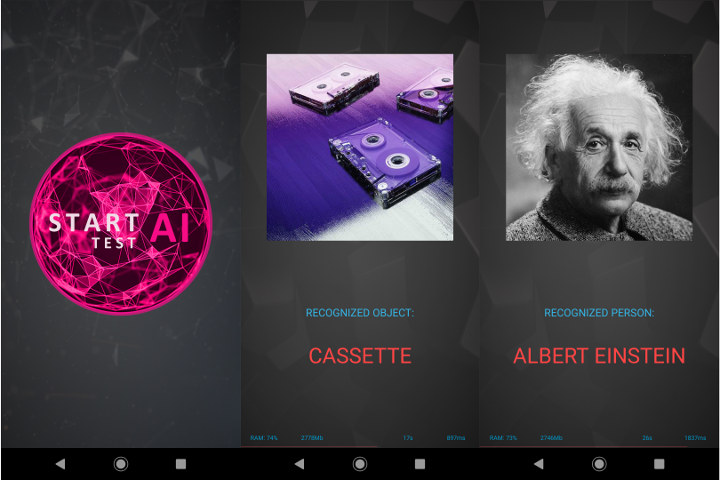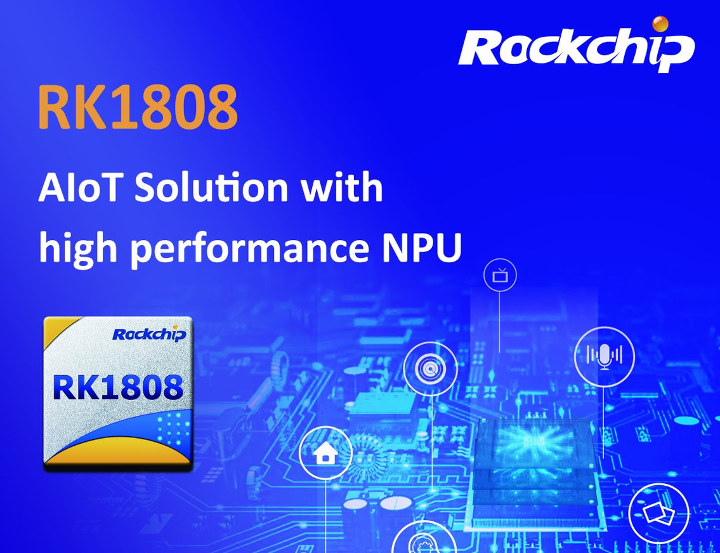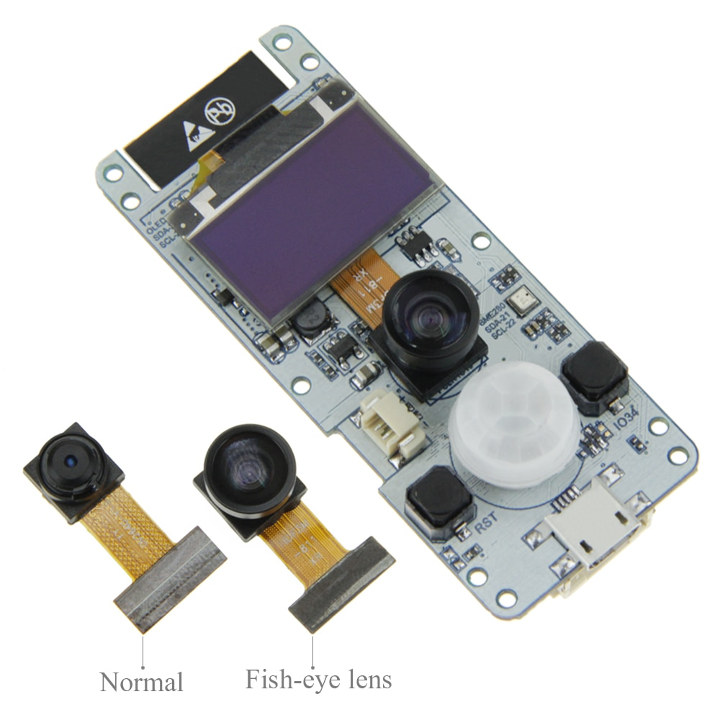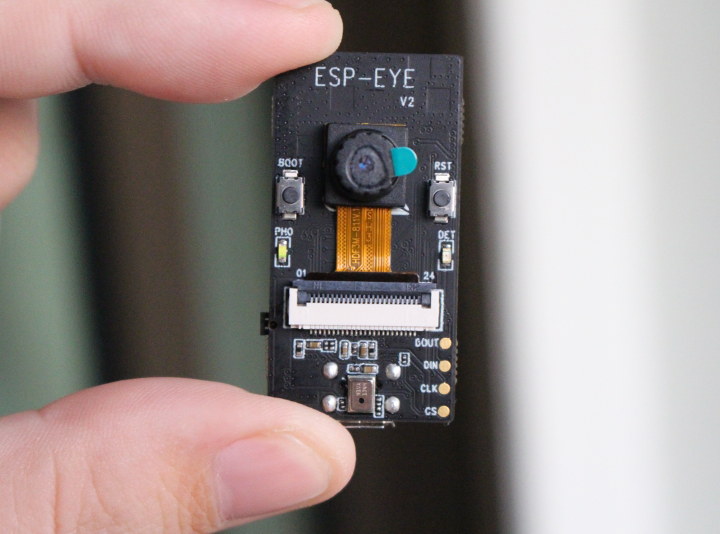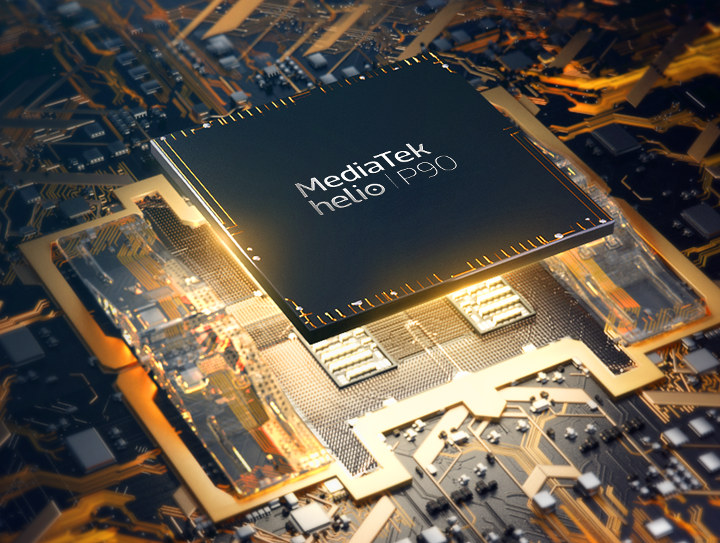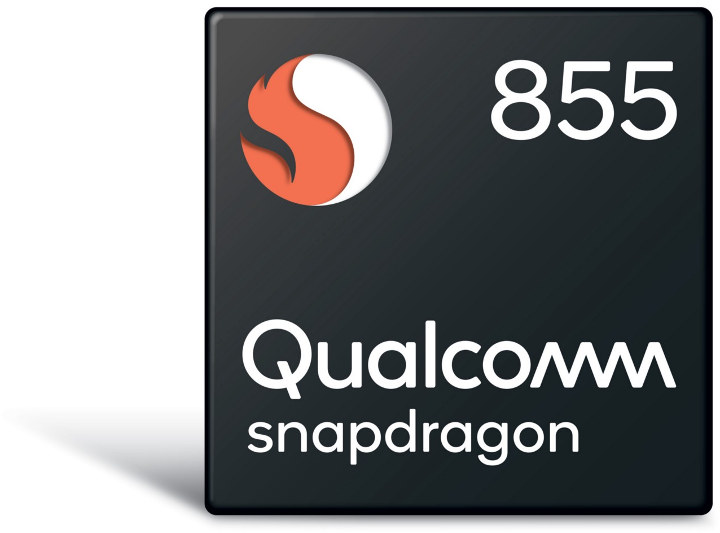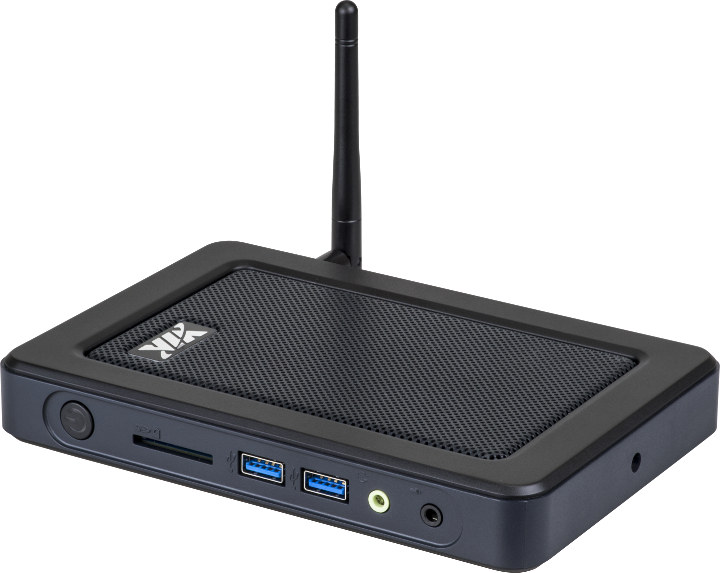Many new phones now come with Silicon-on-Chips (SoC) featuring a Neural Processing Unit (NPU) or similar IP block(s) aiming to accelerate A.I workloads such as facial recognition or object detection. Some silicon vendors will report performance in terms of TOPS (Trillion of Operation per Seconds) with for example 2.25 TOPS for the latest Mediatek Helio P90 processor, or 4.20 TOPS for Hisilicon Kirin 980 SoC. However, those numbers can be deceptive, and nothing beats actual tests. However, last time I checked Android benchmarks such as Antutu do not include tests specific to artificial intelligence just yet. Luckily there’s already an app for that called AI-Benchmark which you’ll find on Google Play. The benchmark includes 9 tasks: Object Recognition / Classification with MobileNet – V2 Object Recognition / Classification with Inception – V3 Face Recognition with Inception ResNet V1 Image Deblurring with SRCNN 9-5-5 neural network Image Super-Resolution with VGG – […]
Rockchip RK1808 Cortex-A35 NPU Delivers up to 3.0 TOPS
Rockchip RK3399Pro was expected to be the first processor from the company featuring an NPU (Neural Processing Unit) to accelerate artificial intelligence workloads, but eventually went through a redesign, and the community found it gave birth to RK1808 NPU by looking at a device tree file in the Linux kernel. Rockchip has now made the NPU official at CES 2019, and we now know a little bit more. Here are the specifications shared by the company: Dual-core Arm Cortex-A35 CPU NPU computing performance up to 3.0TOPs supporting INT8/INT16/FP16 hybrid operation VPU supporting 1080P video codec Built-in 2MB system-level SRAM Display – MIPI/RGB video output Camera – MIPI/CIF/BT1120 Camera video signal input with built-in ISP Audio Microphone array support with hardware VAD function for low-power monitoring and far-field wake-up Audio output I/O PWM/I2C/SPI /UART USB3.0/USB2.0 PCIe interface Support for Gigabit Ethernet and external WiFi/Bluetooth modules Manufacturing – 22nm FD-SOI process It […]
TTGO T-Camera ESP32 Camera Board Comes with OLED Display, Sensors
ESP32 is now being used for AI workloads such as face detection with camera boards like ESP32-CAM, or the upcoming ESP-EYE board from Espressif Systems themselves, combined with ESP-WHO face detection and recognition framework. The two aforementioned board require you to use a phone to vizualize the results, unless you blink some LEDs or connect your own display. But the just released TTGO T-Camera board includes a 128×64 OLED display which should allow you to display face detection and/or recognition results, as well as a BME280 environmental sensor, a PIR sensor, and an optional fisheye lens. TTGO T-Camera board specifications: ESP32-WROVER-B Wireless Module SoC – ESP32 dual core Tensilica LX6 processor Memory – 8MB PSRAM Storage – 4MB SPI flash Connectivity – 2.4 GHz 802.11n WiFi 4, Bluetooth 4.2 LE Camera – 2MP OV2640 camera with normal or fisheye lens Display – 0.96″ 128×64 OLED display connected via SSD1306 I2C […]
LG Unveils 8K, HDMI 2.1 Capable TVs Powered by Alpha 9 Gen 2 Processor
Last year Samsung unveiled their first 8K TV right before CES 2018 with a 85″ QLED model that can now be yours for a cool $15,000, and capable of upscaling SD / HD content to 8K using artificial intelligence since 8K content was not – and still is not – broadly available. One year has passed, and now LG has announced two new 8K TVs with HDMI 2.1 inputs just before CES 2019. Both 88″ Z9 OLED TV and 75″ SM99 8K LCD TV are powered by the company’s α9 (Alpha 9) Gen 2 processor running deep learning algorithms to deliver enhanced picture and sound. The press release gives an overview of how AI works on both video and audio as follows: In addition to content source detection, the new processor finely adjusts the tone mapping curve in accordance with ambient conditions to offer optimized screen brightness, leveraging its ability […]
ESP-EYE ESP32 AI Development Board Supports Face detection, Voice wakeup
Sometimes last month, Espressif Systems contacted me to send a mysterious new development kit together with a 10-year anniversary T-shirt, an offer I found hard to decline 🙂 So I got a new year present this morning delivered by DHL… The letter lists the main specifications of ESP-EYE development board: WiSoC- ESP32 dual core Tensilica LX6 processor with WiFi and Bluetooth Memory – 8MB PSRAM Storage – 4MB flash Camera – 2MP OV2640 camera Audio – Microphone USB – 1x micro USB port for power and programming Misc – Reset, boot and function buttons, 2x LEDs Dimensions – 41 x 21 mm It reminds me of ESP32-CAM camera board, except it adds a microphone, it’s even smaller, and as an official Espressif board, software support might be better. AI features such as face recognition or detection, and voice wake-up are supported out of the box. The board ships with a […]
MediaTek Helio P90’s APU 2.0 Quadruples AI Performance
Mediatek has launched another of their Helio P-series processor. We’ve gotten used to getting incremental improvements when it comes with CPU and GPU performance, but now companies are able to deliver massive improvement for neural network accelerators, and MediaTek Helio P90 can deliver four times (4.6x) the A.I. performance over Helio P60/P70 thanks to its APU 2.0. MediaTek Helio P90 key features & specifications: CPU – 2x Arm Cortex-A75 processors @ 2.2GHz and 6x Arm Cortex-A55 processors @ 2.0GHz using DynamIQ technology GPU – Imagination PowerVR GM 9446 GPU @ 970 MHz NPU – MediaTek APU 2.0 fusion AI architecture with 1127 GMACs (2.25TOPs) MediaTek CorePilot for sustainable peak performance, longer battery life and lower operating temperature System Memory – Up to 8GB of LPDDR4x memory @ 1866MHz Storage – UFS 2.1 Display – Full HD+ (2520×1080) resolution, 21:9 aspect ratio Camera Up to 48MP single camera or 24+16MP dual […]
Qualcomm Snapdragon 855 Specifications Published
Qualcomm Tech Summit 2018 started yesterday, and while the company mentioned Snapdragon 855, they focused on the benefit of 5G technology. Today is another day, and this time the company released details specifications about the new 5G mobile platform. Snapdragon 855 specifications: CPU – 8x Qualcomm Kryo 485 64-bit cores @ up to 2.84 GHz; 7nm Process Technology; based on leaks, tri-cluster configuration: 1+3+4 Visual Subsystem Adreno 640 GPU OpenGL ES 3.2, OpenCL 2.0 FP, Vulkan 1.1 API support HDR gaming Hardware-accelerated H.265 and VP9 decoder. HDR Playback Codec support for HDR10+, HDR10, HLG and Dolby Vision Volumetric VR video playback 8K 360 VR video playback Qualcomm Artificial Intelligence Engine Qualcomm Hexagon 690 Processor Qualcomm Hexagon Vector Accelerator Qualcomm Hexagon Tensor Accelerator Qualcomm Hexagon Voice Assistant Qualcomm All-Ways Aware Hub Qualcomm Adreno 640 GPU Qualcomm Kryo 485 CPU System Memory – 4×16-bit, LPDDR4x, up to 16GB @ 2133 MHz Display […]
VIA ALTA DS 3 Edge AI system Features Snapdragon 820E Processor
VIA has recently introduced ALTA DS 3 Edge AI system, a mini PC for the retail market powered by Qualcomm Snapdragon 820E processor, and targeting intelligent digital signage, kiosk, and access control devices that require real-time image and video capture, processing, and display capabilities. VIA Alta DS 3 Edge AI system specifications: SoC – Qualcomm Snapdragon 820E quad core 64-bit Kryo CPU processor @ up to 2.15 GHz, Adreno 530 GPU @ 624 MHz supporting OpenGL ES 3.1/GEP, GL4.4, DX11.3/4, OpenCL 2.0, Renderscript-Next System Memory – 4GB POP LPDDR4 RAM Storage – 16GB eMMC flash memory, M.2 slot for M.2 2280 NVMe SSD (PCIe 1 Lane), SD card slot Video Output – 2x HDMI ports: one HDMI 2.0 port and one HDMI 1.4 port via dual DSI to HDMI converter Video Playback – H.264, H.265 (HEVC 8/10-bit) video decoding up to 4K@60fps Audio – WCD9335 Audio Codec; 3.5mm Line OUT […]


